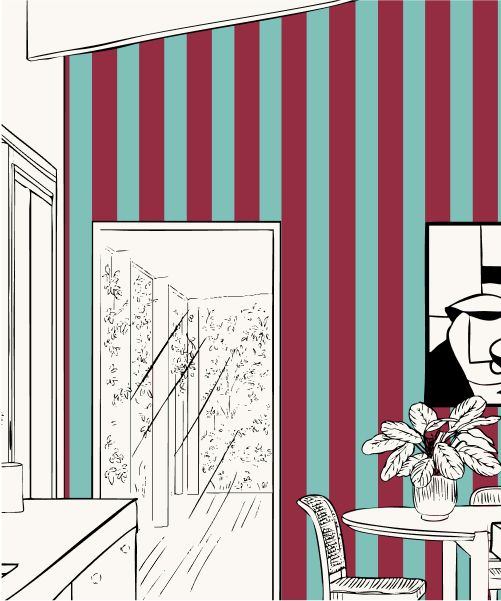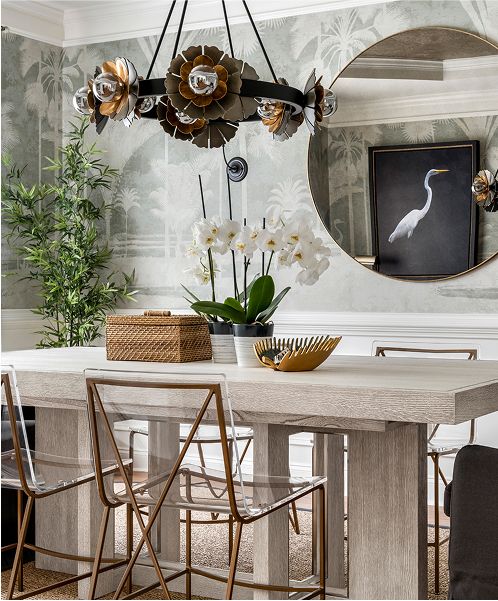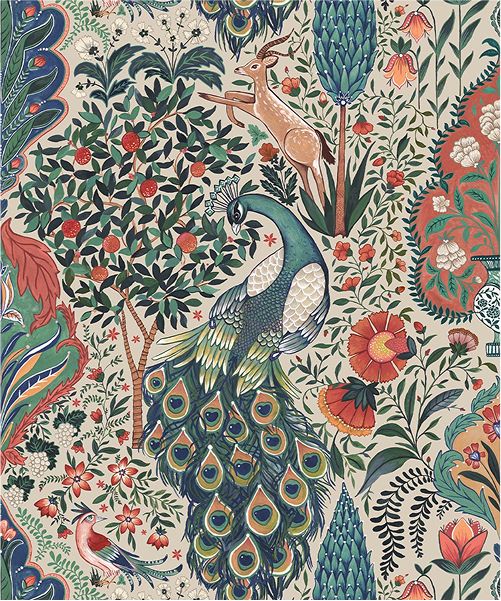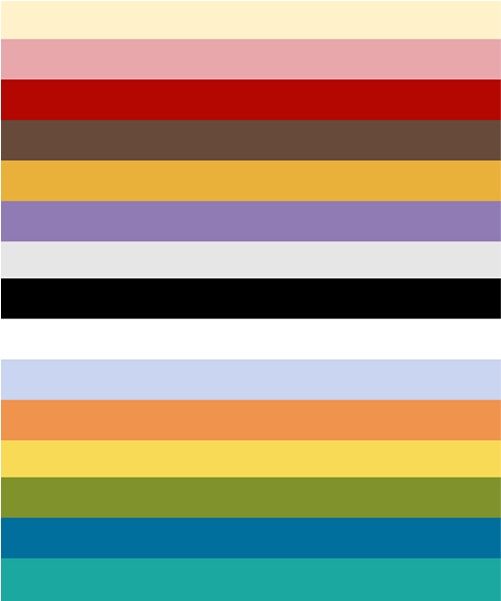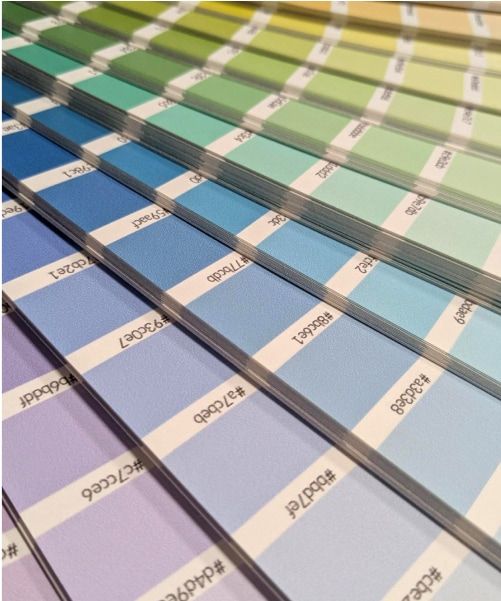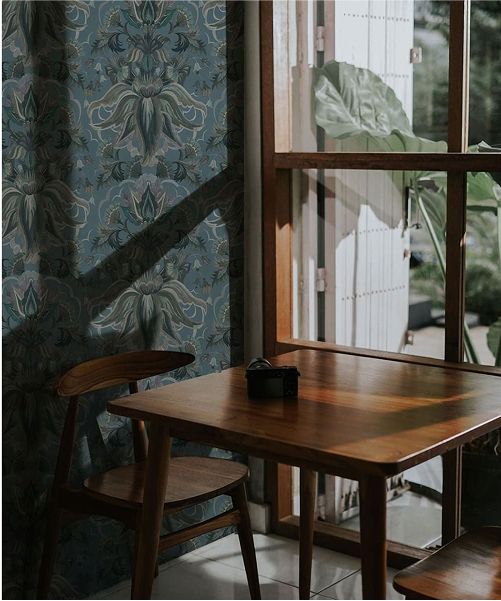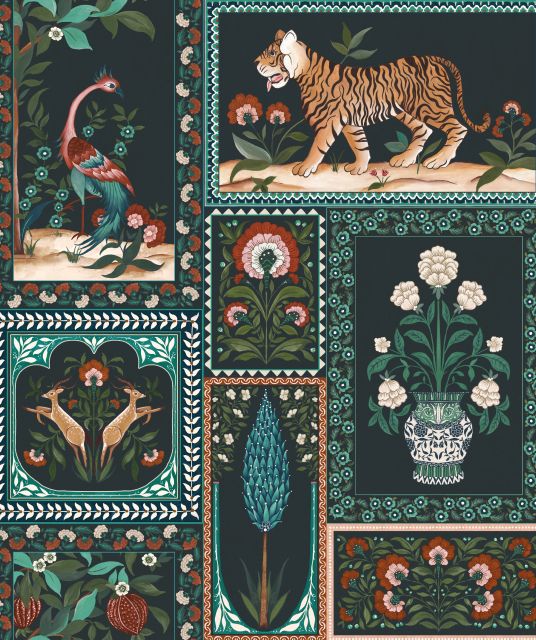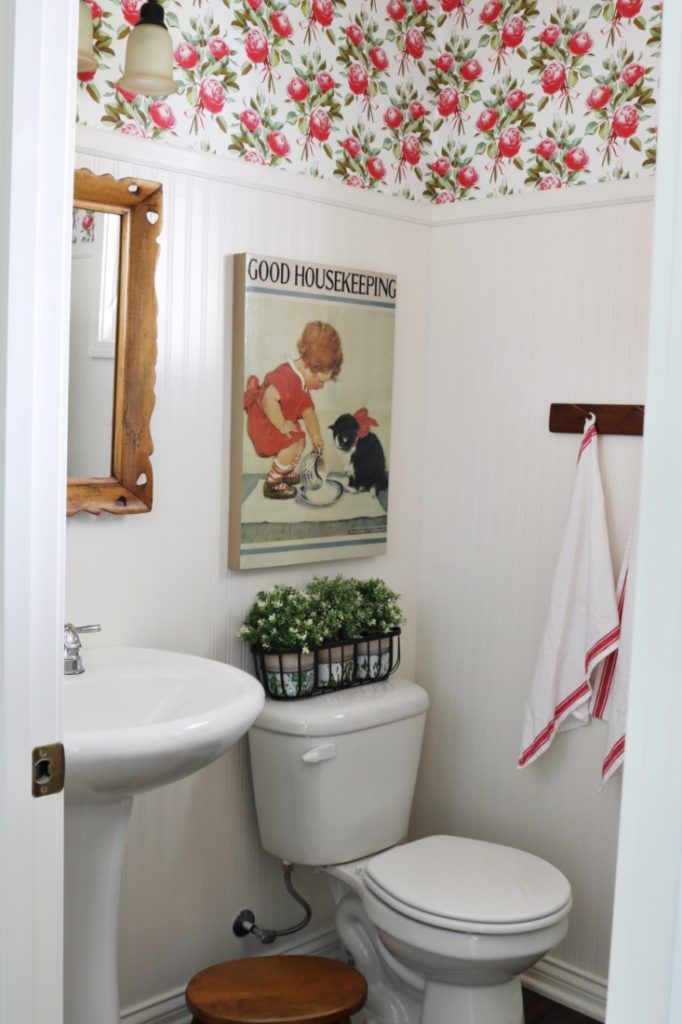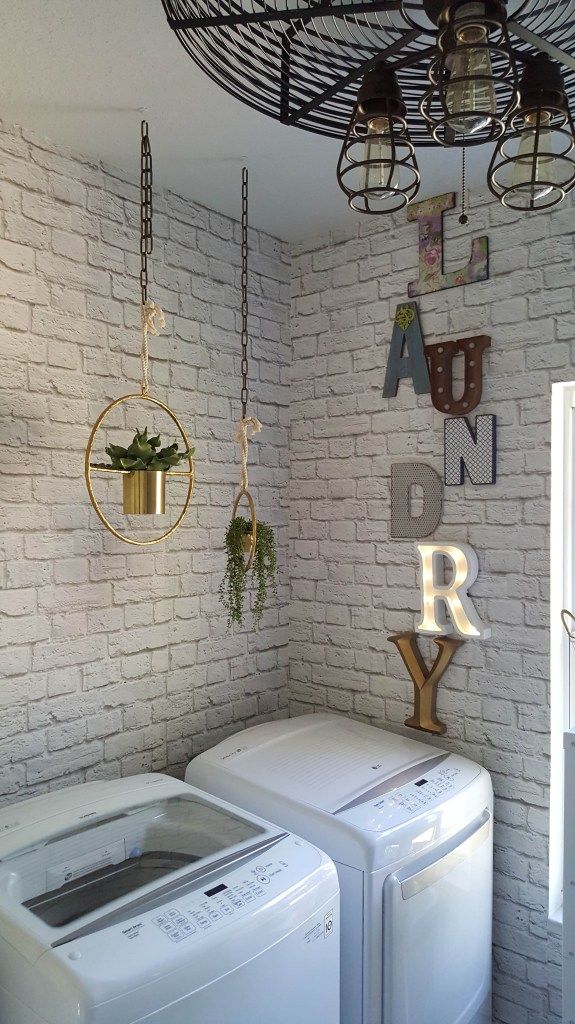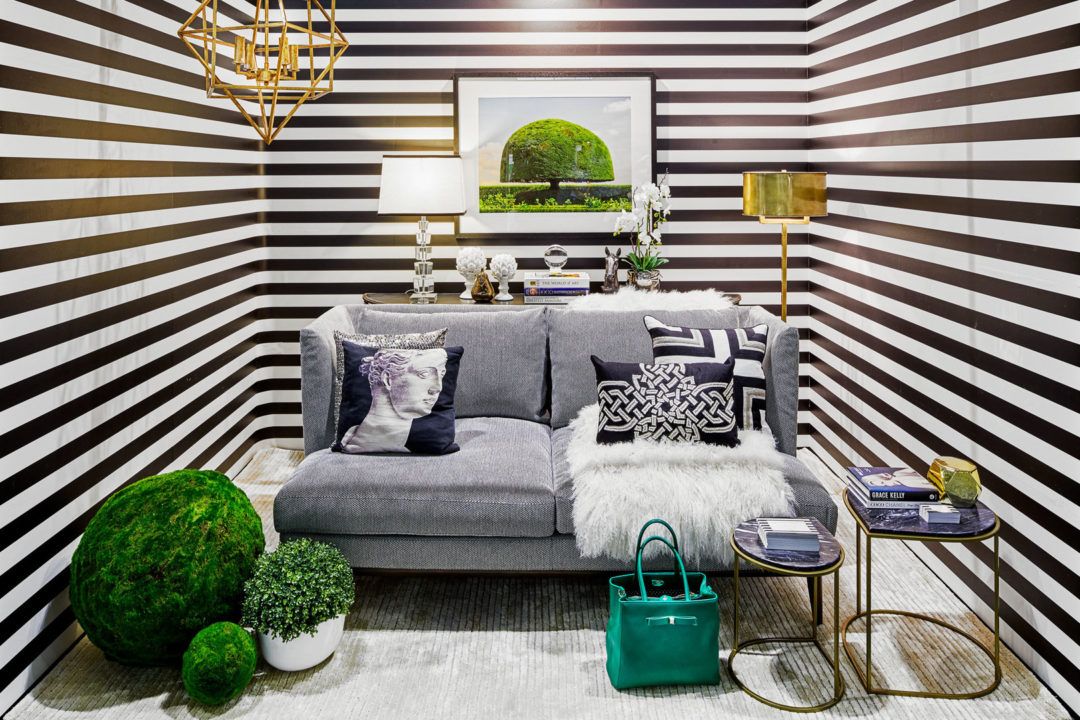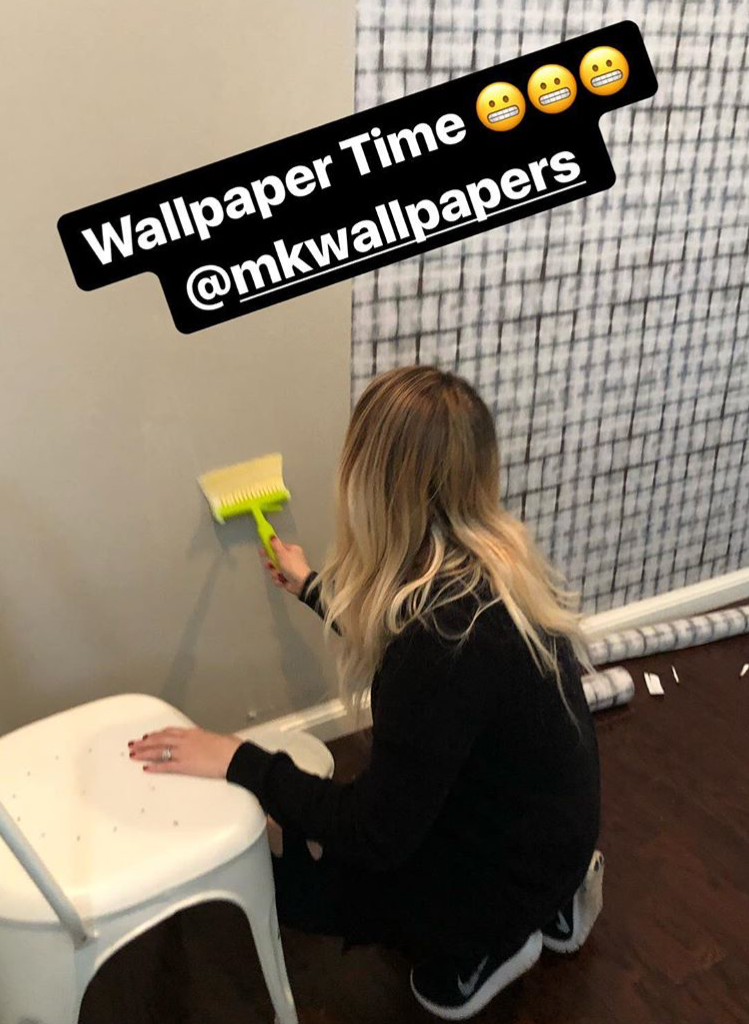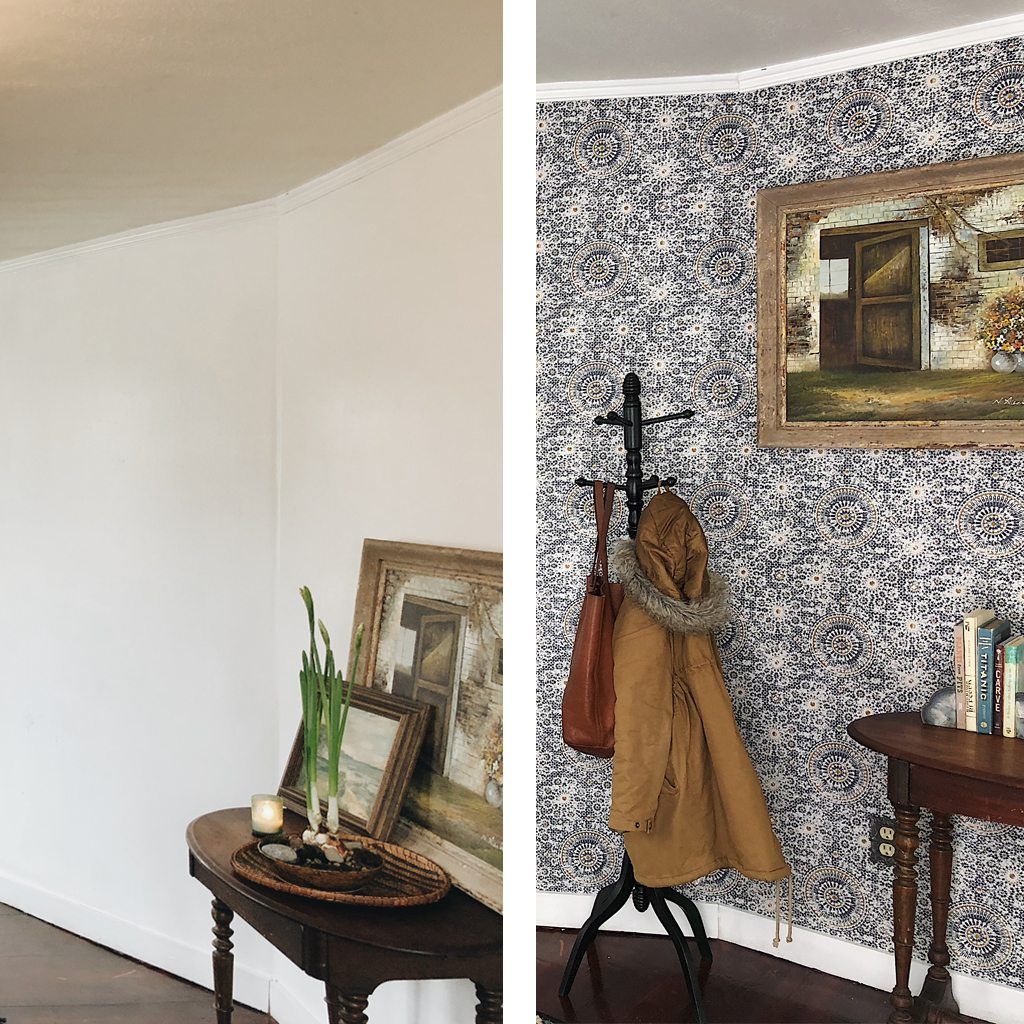Wallpaper has a reputation. Some of it is esteemed in its history and its influence by and in culture. Some of its reputation is marred, particularly in the last 60 years as a living generation of people were stuck with having to remove the very dated and very stubborn paper. Yet lately it’s making a real comeback. What’s different? What has changed? Has everyone simply forgotten those wallpaper horrors? Or is there something different about today’s wallpaper. Has the industry remedied its collective black-eye? In this article we will compare old wallpaper vs. new wallpaper and discuss the differences, the advances and what, if anything, is still holding it back.
When I mention the word “wallpaper” to my mother, I get a look. The cringed distorted twisting of her face reveals to me that her experience was less than pleasant. But I remember growing up through the 80’s and seeing wallpaper on the wall. And if memory serves me correctly, it was there until about the early 90’s. I vaguely remember the experience of removing the wallpaper and it was a bit like removing a price-sticker where the the sticky paper backing actually rips and stays stuck while only the glossy top layer is removed. Then you’re having to find a way to scrape off the rest. Since the mid-90’s, I don’t ever remember seeing wallpaper in the house again.
The last five years has brought a sea change. You won’t see young interior designers having the same revulsion to wallpaper. In fact, everything I see is hailing wallpaper like a hot new trend. And oddly enough, I’m not seeing complaints about the removal from anyone that has installed paper in the last few years either. So let’s see where wallpaper has changed when it comes to design, purpose, application and removal.
DESIGN
When you think of old wallpaper, you probably have a distinct idea of what that looks like. Now we can go way back centuries ago, but this isn’t a history lesson. If you want to learn a brief history of wallpaper, read this post called a A Short History Of Wallpaper. No, I’m talking about wallpaper from the 50’s through the 80’s. What does it looks like? It’s largely floral and sometimes features lots of pastel colours.
New wallpaper, however, because of taste or technology is limitless. Whether your tastes are floral, geometric or industrial, you’ll be able to pretty much find anything you’re looking for. In the age of the internet, your personal taste is a few clicks away. Many places will even create custom murals that will fit your wall’s exact dimensions. However, another difference between Old Wallpaper vs. New Wallpaper is you can now find wallpaper that mimics other popular decor trends. Whether it’s the timber tones in shiplap, the bathroom tile look of herringbone or the appearance of a brick wall, new wallpapers offer such realistic looking designs that the appearance is identical to the actual thing.
PURPOSE
The purpose of Old Wallpaper was largely aesthetic. Function wasn’t really a consideration a generation ago. The last time function may have been considered was over a century ago when wallpaper served to help insulate a home. Throughout the 20th century, wallpaper was about style. The decorative purpose isn’t lost on new wallpaper, however. It remains probably the number one reason people choose wallpaper. However, there are other reasons people are choosing wallpaper now.
Because such great strides have been made in modern interior decor and wallpaper has been created to meet the needs of interior designers, wallpaper has been purposed to make narrow rooms feel wide, short rooms feel taller and shallow rooms feel deeper. Focusing on accent walls, where one wall has wallpaper setting it apart from the rest of the room or cleverly using horizontal and vertical lines can change the feel of a room’s dimensions. And now that new wallpaper boasts designs that give the impression of other materials like marble, metal, brick or timber, the purpose of wallpaper can change the entire aesthetic of a home.
APPLICATION
Old wallpaper required the installer to soak the paper to activate the adhesive on the paper. This made wallpaper hanging a long, tedious process. There are a few different options available in new wallpaper that make it a much more pleasant experience to hang nowadays. The two most common methods of application for modern wallpapers is paste-the-wall and peel-and-stick. Peel-and-stick is commonly the method for applying a vinyl wallpaper. It is literally like putting up a giant sticker. Paste-the-wall is usually the application of choice for higher quality wallpapers with a non-woven backing. This method requires the installer to apply the paste to the wall and then hang the dry wallpaper. This allows someone to hang and adjust the wallpaper, smoothing out any bumps and getting rid of any imperfections before the paste dries and the wallpaper sets. Both methods are much easier on the installer and save more time.
REMOVAL
Removal has probably been the biggest black eye to the wallpaper industry. It’s the memory of the tedious task and the aftermath of walls stuck with left over ripped pieces of paper that turned off nearly an entire generation. But those days are no more. If you get yourself a decent quality modern wallpaper, chances are removal is now a cinch. Some wallpapers are even reusable. Wallpaper with a non-woven backing can be peeled off dry and the only clean up it leaves behind is perhaps some paste that can be cleaned with warm soapy water. The real key to removing modern wallpaper is in the application process. As long as any paint is dry and walls are cleaned and smoothed at the application stage, wallpaper removal won’t leave you with the headache it left your grandmother.
When discussing Old Wallpaper vs. New Wallpaper, the industry has made great advances in design and technology that will make for a better experience in the application and removal of the wallpaper. This has allowed consumers greater freedom to play and experiment with their interiors and allow them to change things up more frequently. Advances will continue to be made that make wallpaper an enjoyable product that provides people with satisfaction and a sense of individuality when decorating their homes and offices. As long as the industry progresses, it’s only obstacle will be proving to generations now and into the future that the dark ages of 20th century wallpaper will stay a thing of the past.
